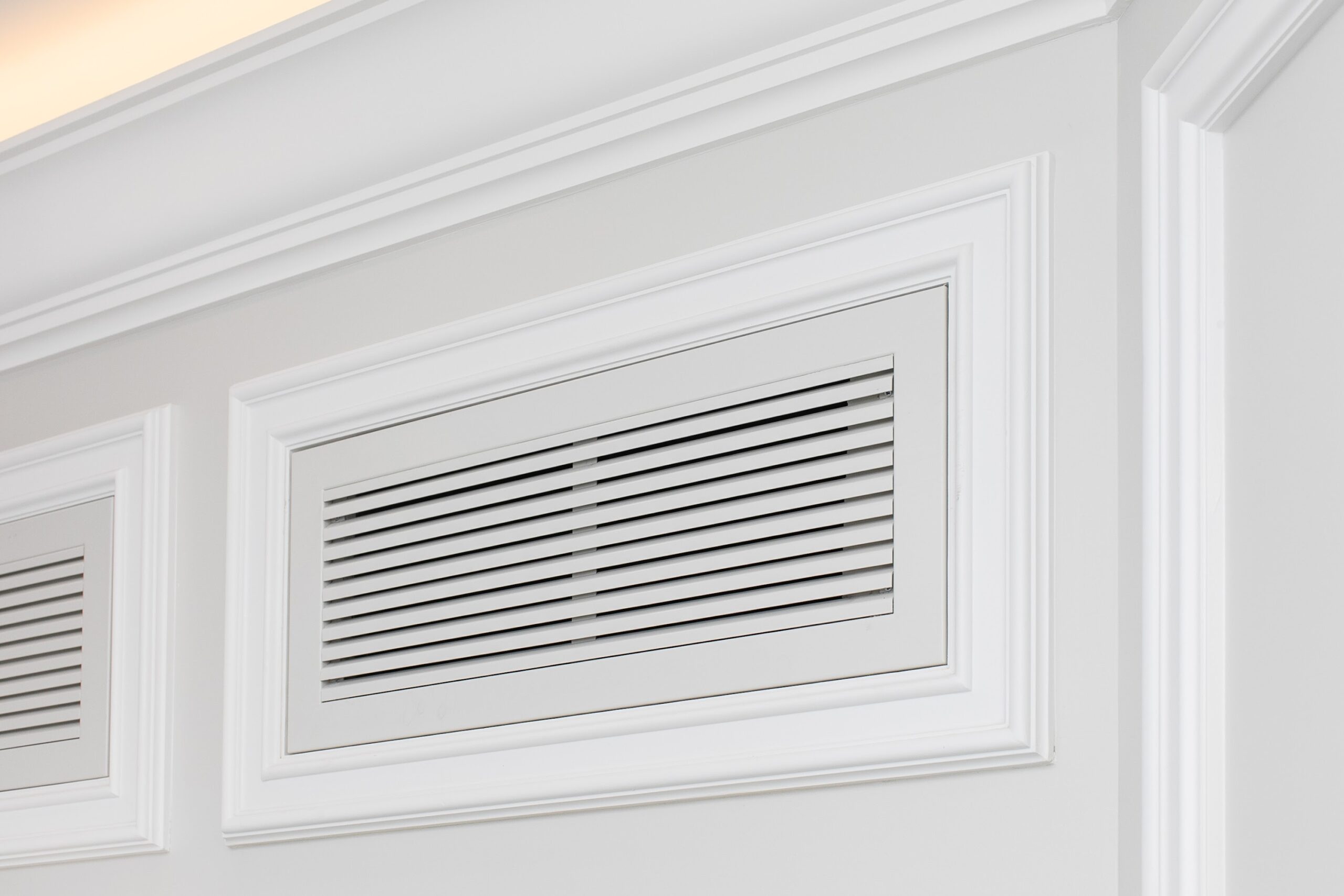
The heating vents in your Texas home impact everything from room temperatures to energy efficiency. In fact, these vents play a much larger role in home comfort than you may think. For those looking for reliable HVAC performance in Texas’ unpredictable climate, it's important to have a clear understanding of how these vents work.
In this blog, the HVAC experts at C. Woods Company discuss the most common locations for air vents, along with the different types of vents within your system and why their placement matters.
Common Vent Locations
Your home’s heating vents should be strategically placed throughout your property to help distribute warm air and maintain a consistent temperature. In general, there should be vents in every room that is 100 square feet, and two or three vents in rooms larger than 100 square feet.
Common locations for these vents include:
- Floors: Many homes have floor vents that are located near exterior walls or under windows to combat drafts and improve temperature balance.
- Walls: Newer homes or those with multiple stories may have vents in walls for easier duct routing and better airflow.
- Ceilings: If your home has a basement or slab foundation, your ductwork will run through your attic, and your vents will most likely be in your ceiling.
Supply Vents vs. Return Vents
There are two types of heating vents: supply vents and return vents. They work together to create a circulation loop to provide even heating. The supply vents push warm air from your heating system into the rooms of your home and are smaller with adjustable louvers to direct the heat. If you put your hand in front of them while your heat is running, you will feel air coming out.
The return vents do the opposite by pulling in air from your home and sending it to your HVAC to be heated again. Since these vents don’t blow out air, you won’t feel anything if you put your hand up to it.
Why Vent Placement Matters
HVAC airflow is essential for keeping your entire home warm and comfortable in the winter. That’s why vent placement shouldn’t be random, but instead strategic. Your vent system is designed to balance airflow and reduce drafts by spacing them out evenly and adding vents where heat loss is greatest. As a result, you’ll get greater HVAC efficiency and a consistent temperature.
Does Closing Your Air Vents Matter?
Some homeowners may consider closing their air vents as a way to save money, but this will likely backfire. Closing vents will increase ductwork pressure, lead to uneven heating, and create higher energy bills. Instead, it's important to keep all vents open and unobstructed to prevent potential damage to your HVAC system.
Call C. Woods Company for Expert Heating Services
Looking for hassle-free heating services in Tyler, TX, or the surrounding areas? Call the team at C. Woods Company for comprehensive care. Our background-checked technicians offer top-tier service thanks to their expertise and training. Plus, we offer emergency repair services to ensure you get prompt attention for urgent matters.
Trust C. Woods Company for all your heating needs in Texas. Contact our team today!





